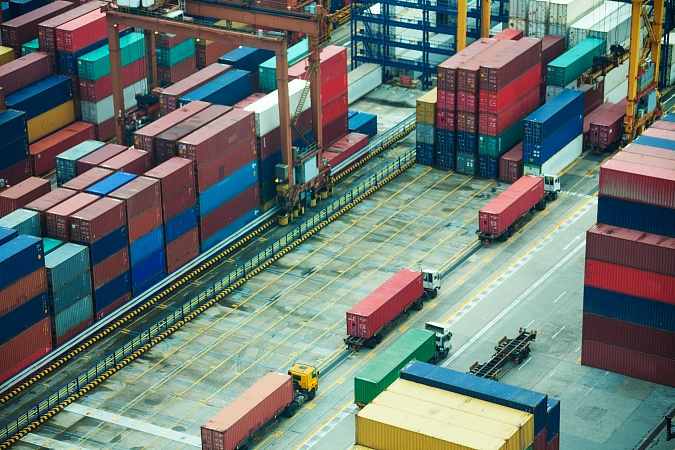Container availability in China remains at a record low as the length of time equipment is sitting in depots is increasing.
A study the Fraunhofer Center for Maritime Logistics and Services and container repositioning service Container xChange found that equipment was sitting empty for 45 days on average, despite the high levels of demand.
In regions with low container availability, such as China and the US, the average rose to 61 days and 66 days, respectively.
«Container availability across China is still at a record-low, while US ports are overwhelmed by a surge of shipping containers from Asia, full of products retailers are eager to get on shelves for the holidays,» Container xChange said.
The number of available empty containers at Asian ports fell as more containers made their way to the US. Overloaded US ports slowed down container turnaround time, further exacerbating the problem, contributing to rising prices and further delays for US importers.
«China to US west coast container shipping costs climbed 135% from $1,648 per feu at the end of May to $3,850 per feu by mid-September,» it said. «Over the same period, container availability in Asia, as measured by the Container xChange Index, fell by 37% to a severe shortage of 0.17, nearly 50% lower than September 2019.»
Efforts by Chinese regulators to lobby carriers to refrain from raising freight rates on the transpacific trade had put a cap on rates to the US, it added, but the continued shortage of equipment had just led to rates surging on other trades.
Some efforts have been made to return more containers to export markets in Asia, with BIMCO reporting that a record 325,980 empty containers were shipped from Los Angeles in October.
For US exporters, this too was causing problems, as carriers were prioritising the fast turnaround of empties over sending export containers, in order to capitalise on the strong headhaul freight rates.
But those strong rates are creeping into other trades.
«As empty containers are prioritised for the more lucrative transpacific lane, fewer containers are available on other lanes,» said Container xChange. «This capacity shortage contributed to rates from Asia to North Europe spiking 30% in November to $2,772 per feu, up 86% year on year.»



